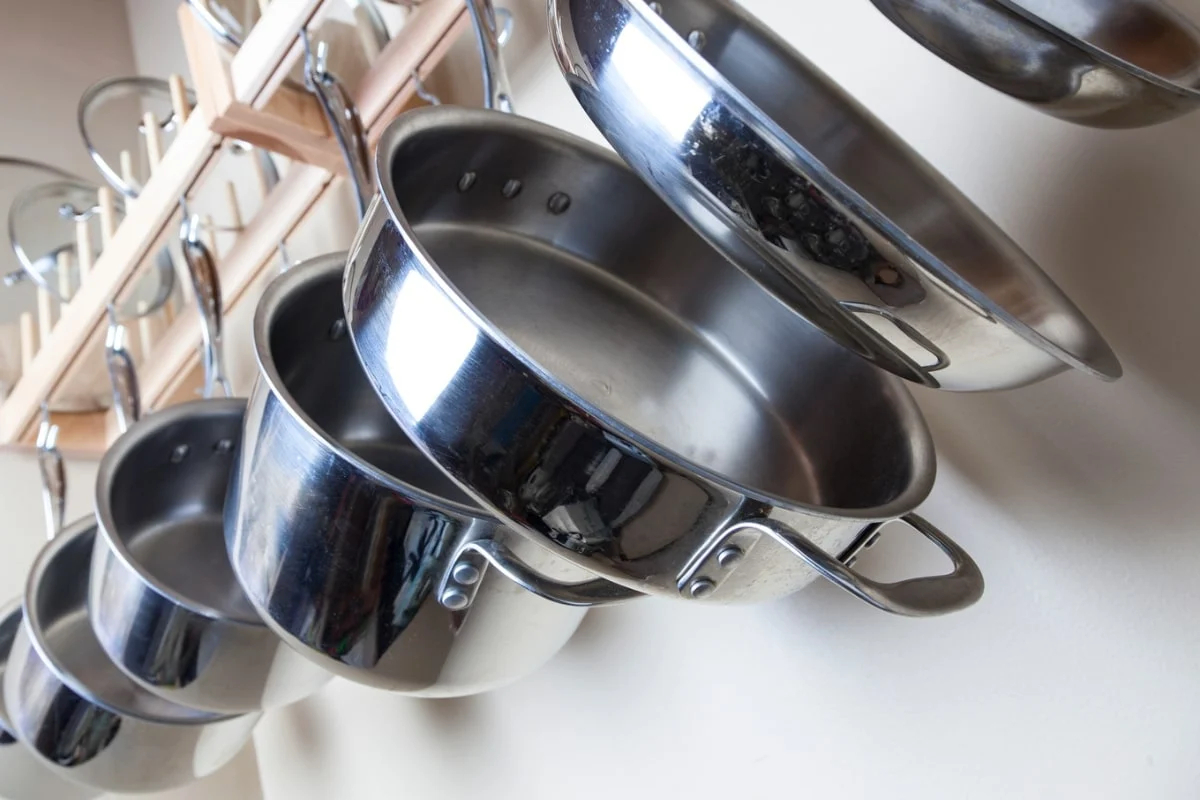• Stainless Steel
The Five Secrets to Cooking with Stainless Steel

Reviewed by Trinity Anderson
Last Updated December 2023

I had been resistant to the idea of using stainless steel cookware for the longest time. After all, it's known for being "sticky cookware," and who wants to spend their precious time scrubbing pots and pans? Let's be honest, once you've become accustomed to non-stick pans, you become accustomed to the idea of food effortlessly sliding off the surface and the easy cleanup that follows.
However, there is something about stainless steel cookware that caught my attention, aside from its attractive and shiny appearance.
Firstly, you simply can't achieve the same perfect sear on meats with non-stick pans as you can with stainless steel cookware. And for some inexplicable reason, food just tastes better when cooked in stainless steel. Moreover, it requires minimal maintenance. You can scratch it, stack it, use metal utensils, even accidentally bang it together (parents with kids will understand!) and it remains intact and performs just as well.
So, I decided it was time to consider stainless steel cookware as a viable option for my cooking needs. And that's when I made an interesting discovery:

The Five Secrets to Cooking with Stainless Steel!
1. Non-Stick: The key to transforming your stainless steel into a non-stick surface can be summarized as follows: "hot pan, cold oil." Begin by heating the empty pan on medium-high heat until you can feel the heat rising when placing your hand above it. Next, add a small amount of room temperature oil, just enough to coat the bottom of the pan. Allow the oil to become hot, indicated by a slight wisp of smoke. Congratulations! You have successfully turned your stainless steel pan into a non-stick cooking vessel.
2. Searing: When searing meat, it is important not to rush the process. The meat may initially stick to the pan, but it will naturally release when it is ready to be flipped.
3. Heat: Another secret to successful stainless steel cooking is to maintain a medium heat. Cooking at excessively high temperatures can lead to food sticking to the pan.
4. Cool off: After completing your cooking, it may be tempting to immediately soak the pan to prevent any stubborn residue (we've all been there!). However, it is crucial to allow the pan to cool to room temperature before adding water. Failing to do so may result in warped pans.
5. Soak: Once the pan has cooled off, immerse it in warm, soapy water for a period of time. This will facilitate easy removal of any remaining food when you are ready to clean it.